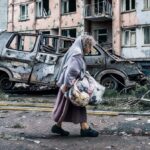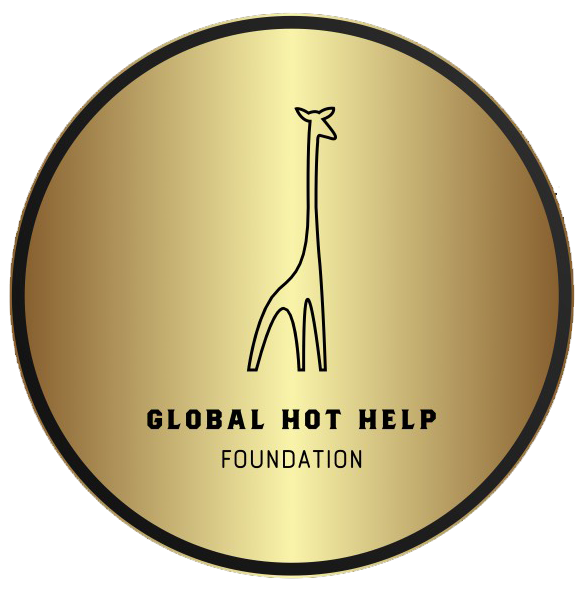The role of DNA testing in identifying unidentified individuals.
The role of DNA testing in identifying unidentified individuals, especially those killed in conflict zones like the war in Ukraine, is of paramount importance. This process plays a crucial role in bringing closure to families, ensuring proper burials, and documenting human rights violations. Identifying a murdered person using DNA involves a complex multi-step process that integrates forensic science, technology, and collaboration among various entities. Here’s an overview of the significance and steps involved:
Humanitarian Importance: Identifying the remains of individuals who lost their lives in conflicts is a fundamental humanitarian endeavor. It brings solace to grieving families, allowing them to mourn their loved ones properly and facilitating the healing process. Additionally, it upholds human rights standards by documenting and addressing cases of violence and war crimes.
Establishing Identity: DNA testing is a powerful tool for establishing the identity of individuals whose remains are often decomposed or otherwise difficult to identify through traditional means. By comparing DNA samples from the remains to reference samples from potential relatives, forensic experts can confirm the identity of the deceased.
Collecting Reference Samples: To begin the identification process, reference samples are collected from potential family members of the missing individuals. These samples typically include DNA from blood, hair, or other biological materials. These reference samples serve as a basis for comparison with DNA extracted from the remains.
Forensic DNA Analysis: Forensic experts extract DNA from the remains found in conflict zones. This DNA is then analyzed to create a DNA profile. The profile includes specific markers that can be compared to the profiles obtained from the reference samples. Advanced technologies such as Polymerase Chain Reaction (PCR) and Short Tandem Repeat (STR) analysis are often employed for accurate results.
Database Comparison: DNA profiles obtained from unidentified remains are compared to existing databases of known individuals. This can include national DNA databases, international databases, or databases created specifically for conflict-related cases. Matching profiles can provide clues to the identity of the deceased.
Collecting Reference Samples: To begin the identification process, reference samples are collected from potential family members of the missing individuals. These samples typically include DNA from blood, hair, or other biological materials. These reference samples serve as a basis for comparison with DNA extracted from the remains.
Forensic DNA Analysis: Forensic experts extract DNA from the remains found in conflict zones. This DNA is then analyzed to create a DNA profile. The profile includes specific markers that can be compared to the profiles obtained from the reference samples. Advanced technologies such as Polymerase Chain Reaction (PCR) and Short Tandem Repeat (STR) analysis are often employed for accurate results.
- Interagency Cooperation: The identification process involves collaboration among various agencies, including forensic experts, law enforcement, humanitarian organizations, and international bodies. Sharing information and coordinating efforts are crucial for the success of identification initiatives.
- Ethical Considerations: Respecting the dignity and privacy of the deceased and their families is paramount throughout the identification process. Adhering to ethical standards ensures that the collected genetic information is used responsibly and with sensitivity.
Legal Documentation: Once an identification is made, legal documentation is prepared. This documentation is important for the families to officially acknowledge the fate of their missing relatives, and it may be used in legal proceedings related to accountability for crimes committed during conflicts.
In summary, DNA testing for identifying murdered individuals in conflict zones like the war in Ukraine is a multifaceted and intricate process. Its significance goes beyond scientific analysis, as it provides closure, justice, and a way for societies to reckon with the human cost of conflict. Collaborative efforts and the application of advanced forensic techniques are essential for the success of these identification initiatives.




















